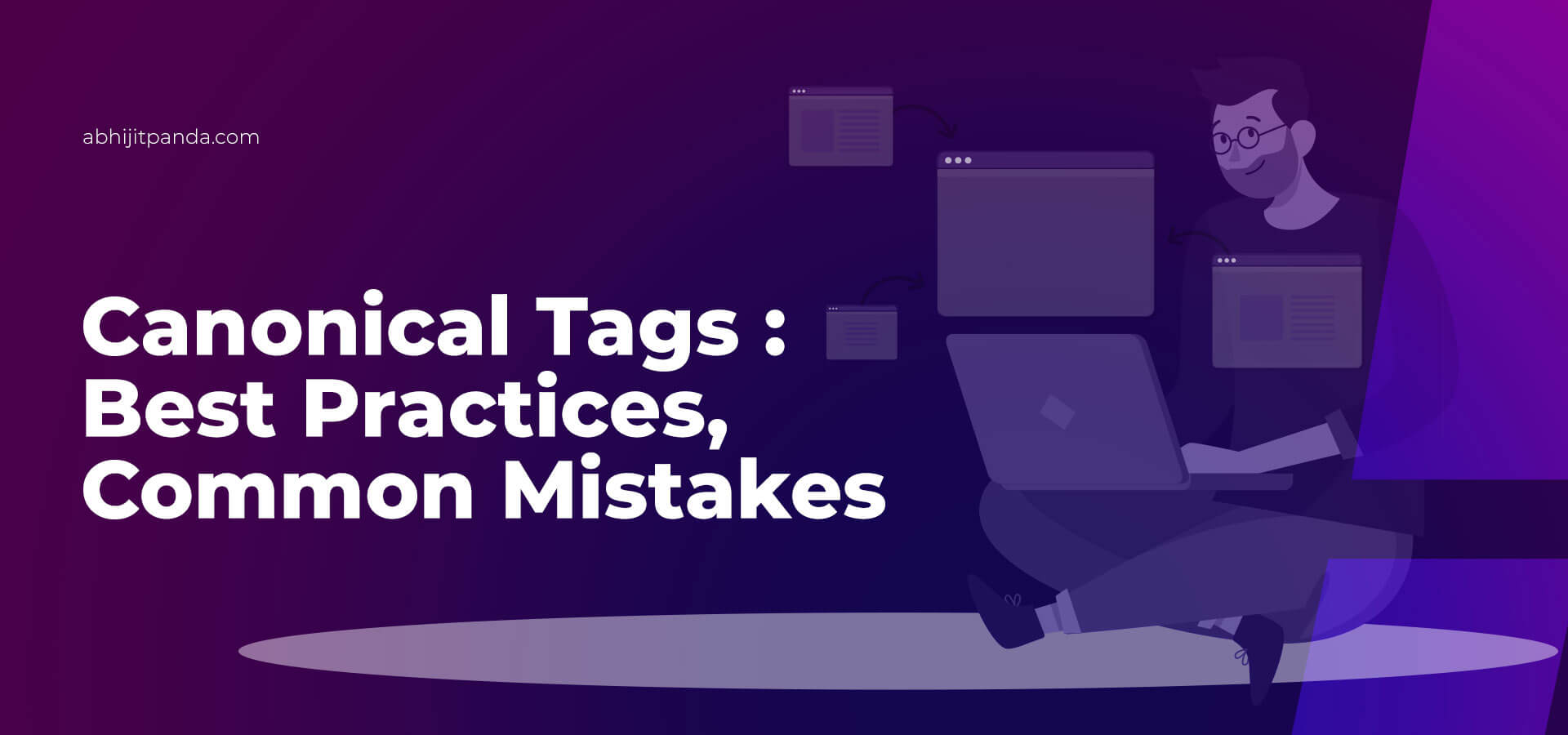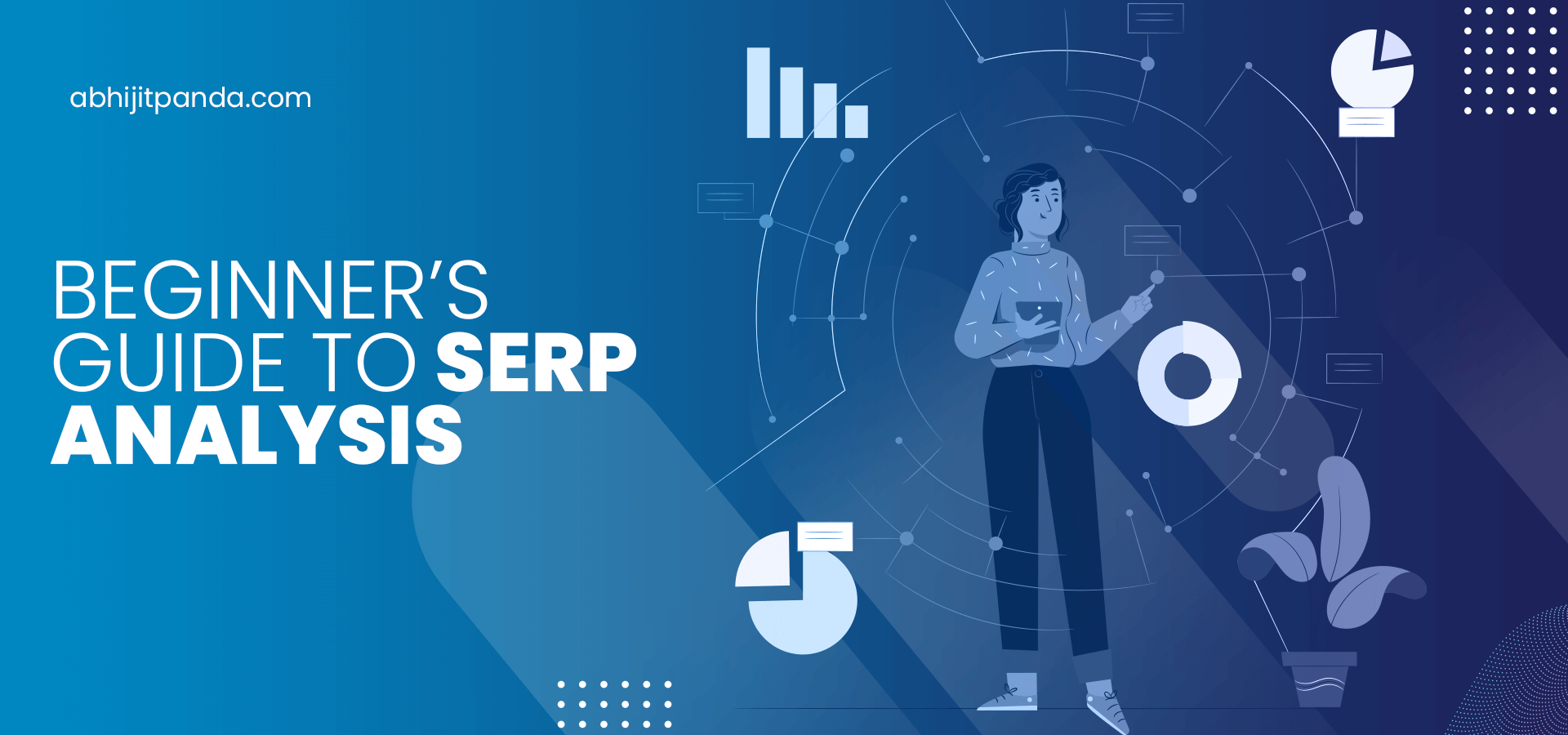 How to Add Canonical Tags: Best Practices and Common Mistakes
How to Add Canonical Tags: Best Practices and Common Mistakes
Many websites these days have multiple web pages or URLs with the same content to make the content look good on various devices and operating systems. However, search engines often consider the URLs as duplicate versions of the same web page while indexing the website. The canonical tags help website developers and webmasters to differentiate between the master page and duplicate pages. Webmasters should keep a tab on how to add Canonical tags, the best practices, and common mistakes to avoid for best results in SEO.
According to Google,
“A canonical URL is the URL of the page that Google thinks is most representative from a set of duplicate pages on your site. For example, if you have URLs for the same page (for example: example.com?dress=1234 and example.com/dresses/1234), Google chooses one as canonical.”
How to Add Canonical Tags
Webmasters can use canonical URLs as a tool to prevent search engines from deciding which page is canonical. They can easily apply the canonical tag by inserting a single line of code in the head section of the HTML code.
<link rel=”canonical” href=”https://pandabloggers.com” />
While crawling or indexing the website, the search engines will refer to the line to identify and display only master pages on the search results. Webmasters can easily boost the website’s search engine ranking by eliminating duplicate content issues by applying the canonical tag to every web page that has multiple versions. However, webmasters must adopt several best practices to implement the canonical tags accurately. Also, they must avoid some common mistakes to boost SEO rankings.
7 Best Practices Webmasters Should Adopt while Applying Canonical Tags
Decide the Right Way to Specify a Canonical Page
Google recommends webmasters follow a set of guidelines while specifying a canonical page. Also, webmasters have the option to add a canonical tag to a URL in several ways – using the <link> tag, through the HTTP header, in the sitemap, and using 301 redirects. They must remember that each method of applying canonical tags has its pros and cons. They must decide the right way to create a canonical URL by comparing various options or methods.
Apply Canonical Tags to URLs with Similar Content
Webmasters must add canonical tags to all web pages on the website with duplicate content and similar content. The canonical URLs will help search engines can easily identify the master pages on the websites. For instance, eCommerce websites can add a canonical tag to the main product page to make search engines ignore the product pages containing similar information.
Add Canonical Tags to the Website’s Home Page
Often webmasters ignore the significance of applying a canonical tag to the website’s home page. They must remember that the homepage is copied and linked to multiple URLs during digital marketing and content marketing campaigns. They can easily keep the home page’s search engine visibility and ranking intact by adding a canonical tag to the home page template.
Make the Canonical Tags Self-Referential
Webmasters can easily improve the website’s search engine visibility by keeping self-referential canonical tags. They must use the tag only for specifying the canonical URLs. They are not required to specify the non-canonical URLs while adding a canonical tag. For instance, webmasters must make the code for canonical code point to the canonical URL clearly and unambiguously.
Add Canonical Tags Automatically
Many content management systems (CMS) and eCommerce platforms support automated canonical tag implementation. Webmasters can easily add self-referencing canonical tags to web pages using specific tools and plugins. For instance, they can use Yoast SEO to add canonical tags to web pages automatically simply by selecting the option – set custom canonicals. Likewise, Shopify adds canonical tags to web pages by default.
As a huge fan of WordPress CMS, I use the Yoast SEO plugin and manage my canonicals with Yoast. Do check out my Yoast SEO plugin guide.
Use Canonical Tags while Multi-Site Content Posting
Often bloggers and digital marketers post a single article or blog on multiple websites to get more website visitors. However, they cannot leverage the SEO benefits of the content as the search engines will not rank all URLs due to duplicate content issues. The bloggers can easily make the master page appear and rank on search results by adding a canonical tag. The tag will make the search engine rank the canonical URL and ignore the non-canonical URLs.
Evaluate and Audit Dynamic Canonical Tags
Many content management systems (CMS) and eCommerce platforms generate specific canonical URLs automatically and dynamically. However, the software applications often add canonical tags to the URLs containing duplicate content. Hence, the dynamic canonical tags do not specify the conical pages to the search engines unambiguously. But the webmasters must evaluate each of the auto-generated canonical URLs while implementing SEO techniques.
8 Mistakes Webmasters Must Avoid while Adding Canonical Tags
Adding Multiple Canonical Tags to the Same Web Page
While building websites, many developers add multiple canonical tags to the same web page. They do not understand that the primary purpose of tags is to specify canonical pages. When a single page contains multiple canonical tags, the search engines find it difficult to identify the master page and differentiate it from duplicate pages. The webmasters must audit the website’s source code to ensure that each master page contains a single canonical tag.
Not Checking the Existence of Canonical Target
While adding a canonical tag through HTML code, the code writers often forget to check the existence and accessibility of the canonical target. They must double-check the existence of the target URL to avoid errors like 404. When the requested URL is not available or found, the visitors will see an error message instead of being redirected to a relevant URL.
Using Relative and Absolute URLs Interchangeably
While specifying a canonical URL, the code writers have the option to use both absolute and relative URLs. However, they must remember that search engines cannot identify the canonical page accurately when the tag refers to relative URLs. They must mention the absolute URLs to specify the master page as canonical exactly and accurately. It is also important for webmasters not to combine uppercase and lowercase characters while specifying canonical URLs.
Applying Canonical Tag to Paginated Content
Often websites make it easier for users to access information by displaying the content over multiple pages. Web developers sometimes apply a canonical tag to the first page of the list to avoid duplicate content issues. But when the first page in the list is specified as canonical, the search engines do not index the remaining pages on the list. The code writers must replace rel=”canonical” with rel=”prev” and rel=”next” attributes to make all pages in the list get indexed by the search engine.
However, webmasters must remember that Google no longer supports these tags: rel=prev and rel=next tags for blogs. However, the tags are still supported by major search engines like Bing.
Ignoring the Differences between HTTP and HTTPS
Many webmasters these days switch from HTTP to HTTPS to enhance website security. But they forget to update the canonical tags while merging HTTP and HTTPS. When they do not alter the canonical tags, the search engines check the HTTP version of the URL instead of the HTTPS version. Also, the search engines will be redirected to the HTTP version of the URL if the webmasters have set 301 redirects. Hence, the webmasters must update the canonical tags after upgrading to HTTPS.
Using Noindex and Canonical Tags Together
Webmasters use canonical tags to specify master pages to search engines. On the other hand, they use noindex meta tags to tell search engines not to index specific URLs. Both noindex and canonical tags pass link equity. However, the search engines will not index the master page if contains both noindex and canonical tags. The webmasters must allow the search engine to index the canonical URLs to avoid duplicate content issues.
Not Reviewing Canonical Tag Implementation
Often minor errors in the canonical tags impact the website’s search engine ranking directly. In addition to specifying canonical URLs clearly, webmasters need to ensure that the canonical tags are implemented flawlessly. They can use several online tools to check if the tags are applied correctly. These tools help webmasters boost canonical SEO by auditing every canonical tag and resolving content duplication issues.
Not Using Canonical and Hreflang Tags Together
The hreflang tag helps webmasters to deliver the same content to visitors in multiple languages. But the webmasters often do specify canonical pages while using hreflang tag. Major search engines like Google recommend webmasters specify canonical URLs while using hreflang tags.
According to Google, “Specify a canonical page in same language, or the best possible substitute language if a canonical doesn’t exist for the same language.”
Blocking Canonical URLs in Robots.txt
While indexing a website, search engines refer to the robots.txt file to know which URLs they can crawl and which URLs they cannot crawl. The webmasters can make changes to the robots txt file to prevent search engines from indexing specific web pages. Often webmasters do not allow search engines to crawl the canonical URL by mistake. While updating the robots txt file, they need to avoid duplicate content issues by ensuring that no canonical URL is blocked for search engines.
Webmasters must remember that properly maintaining Robots txt file is very important. Here is a guide to maintaining Robots txt file for getting the best SEO results.
As a useful SEO technique, these tags help webmasters get more search engine traffic to the website by avoiding duplicate content issues and penalties. Webmasters can make search engines identify the canonical URL simply by embedding a single line of HTML code. However, they must implement the canonical tags accurately by adopting some best practices and avoiding some mistakes. Webmasters must implement basic SEO best practices and take proper steps to improve the page load speed of the websites to get the best optimization results.
The article has been republished in January 2024.









Leave a Reply